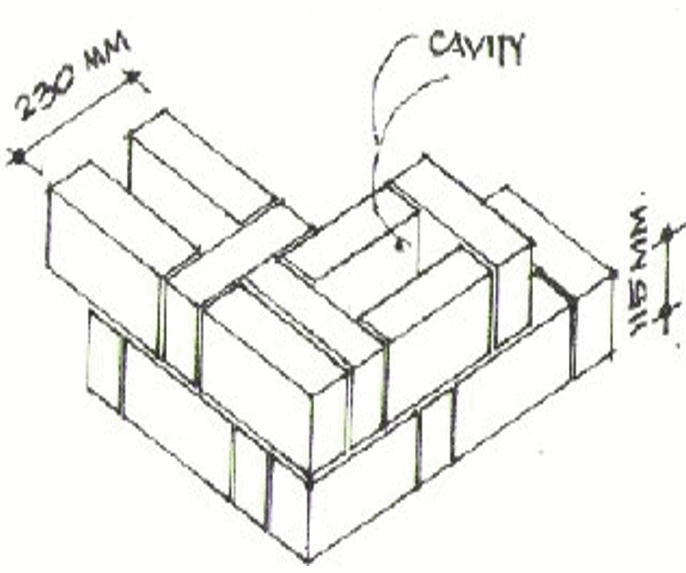A.R. Santhakumar[1], A.Sivakumar2, S.Ashok[2]
- Dean,Anna University, Chennai – 600 025, INDIA. Email: santhaar@hotmail.com 2M.Tech Research Scholar, Anna University, Chennai – 600 025,INDIA. Email:santhaar@hotmail.com
- MS Research Scholar, Anna University, Chennai, INDIA. Email: ashok@internetdrive.com
ABSTRACT
In India most of the houses constructed in villages and towns are either one storey or two storey high. The spans of rooms are 2.5 or 3m.Under these circumstances, the stress in the brickwork is nominal. However most of the structures use solid 230mm brickwork using English Bond. In recent times HUDCO, a techno financing organization sponsored a project for considering the use of Rat trap Bond wall, which has a cavity in the wall. This type of construction is very advantageous in a tropical humid climate. This paper deals with a series of tests on full-scale wall specimens made with 23 cm solid wall as well as 23 cm Rat-trap hollow wall specimens. The specimens were loaded and tested to destruction. A computer analysis was also made to simulate the behaviour of the wall. The material presented shows that the Rat-Trap bond wall can be successfully adopted for normal buildings and will result in 25% saving in bricks and more than 30% saving in mortar. The dead load on the foundation would also be reduced by at least 20%.In addition this type of wall does not need thick plastering as both front and rear face of the wall are fair faces. Examples of Structures built with this type of bond are illustrated. The wall also lends itself to be reinforced when structures are built in earthquack or cyclone prone areas.
Key words: Brick work – Bonds – Fullscale Test – Economy – Reinforcement
HOUSES04



